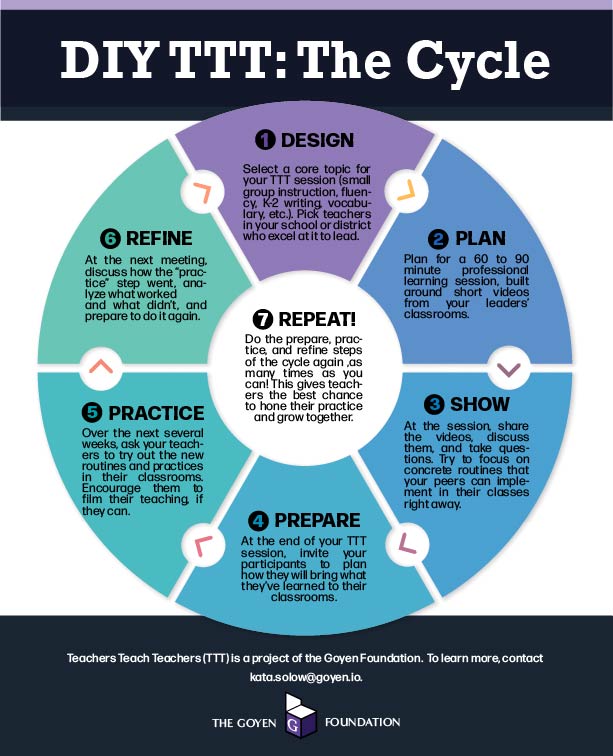When Teachers Teach Teachers, Teachers Learn
Our guest author is Kata Solow, executive director of the Goyen Foundation, where she led its multi-year transformation process and created the Goyen Literacy Fellowship to recognize exceptional reading teachers.

Elementary school teachers across the country are asking for help.
Go on Facebook, browse Twitter, and you’ll hear a common refrain: “We want to change how we teach reading, but we don’t know where to begin. We need to see what it looks like. Give us models and examples of excellent literacy instruction.”
Why is this happening? For these teachers, their world has just changed. Over the last five years, as reading-related legislation has swept the country, hundreds of thousands of elementary school teachers are being required to change the way they teach reading. This is a really big deal: changing how you teach reading is a hard thing to do.
States are trying to help teachers make these changes. Most of the newly-passed laws support professional development for in-service teachers. However, the most common PD programs like LETRS are highly theoretical. While they provide educators with a strong foundation in the components of structured literacy and the research that underlies it, they do not address what these components look like in a real classroom.
At the Goyen Foundation, we think that we have started to build a model that bridges this research-to-practice gap by providing teachers with concrete examples of great literacy instruction. This piece is about how you can do it in your school or district.
